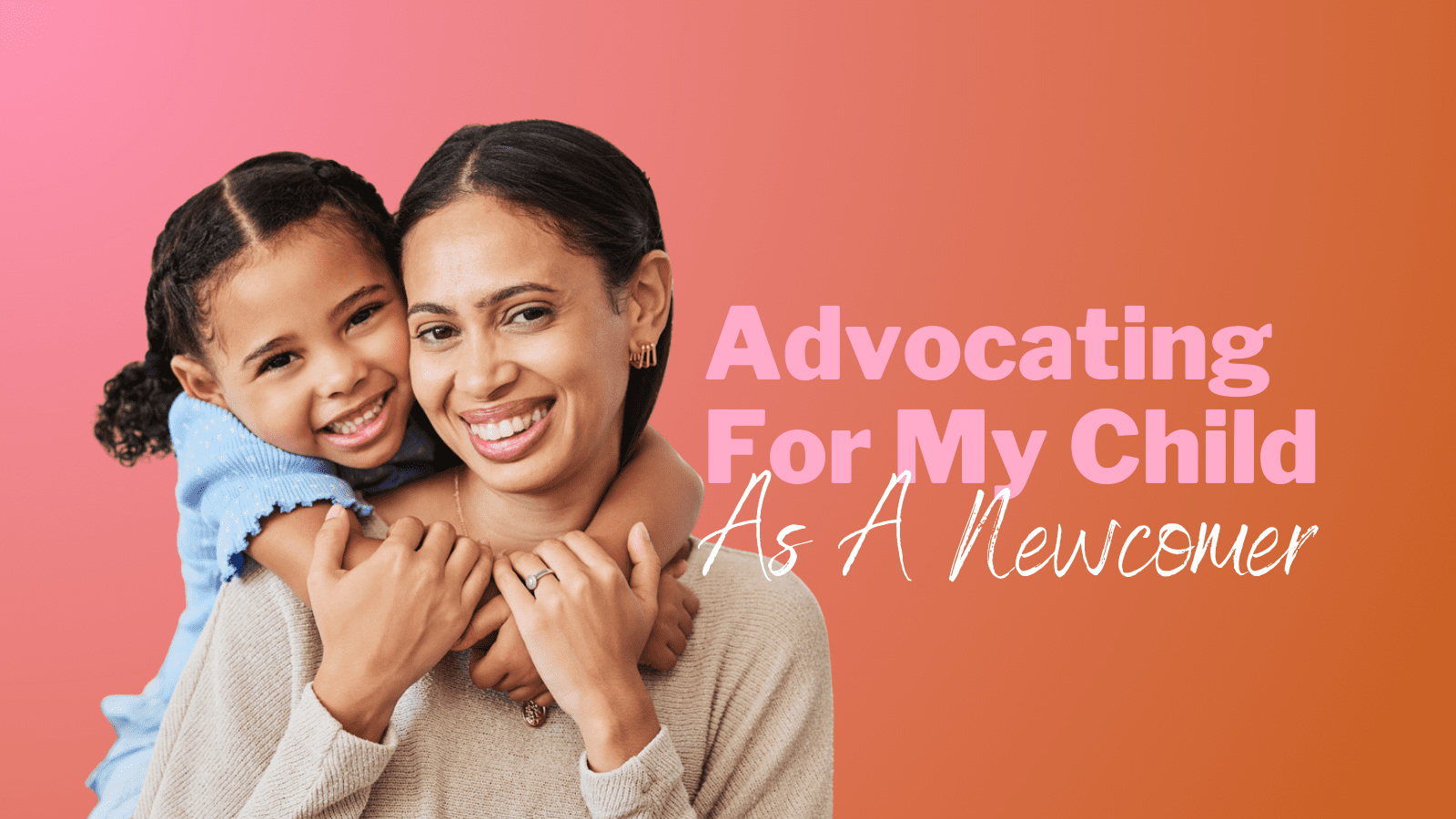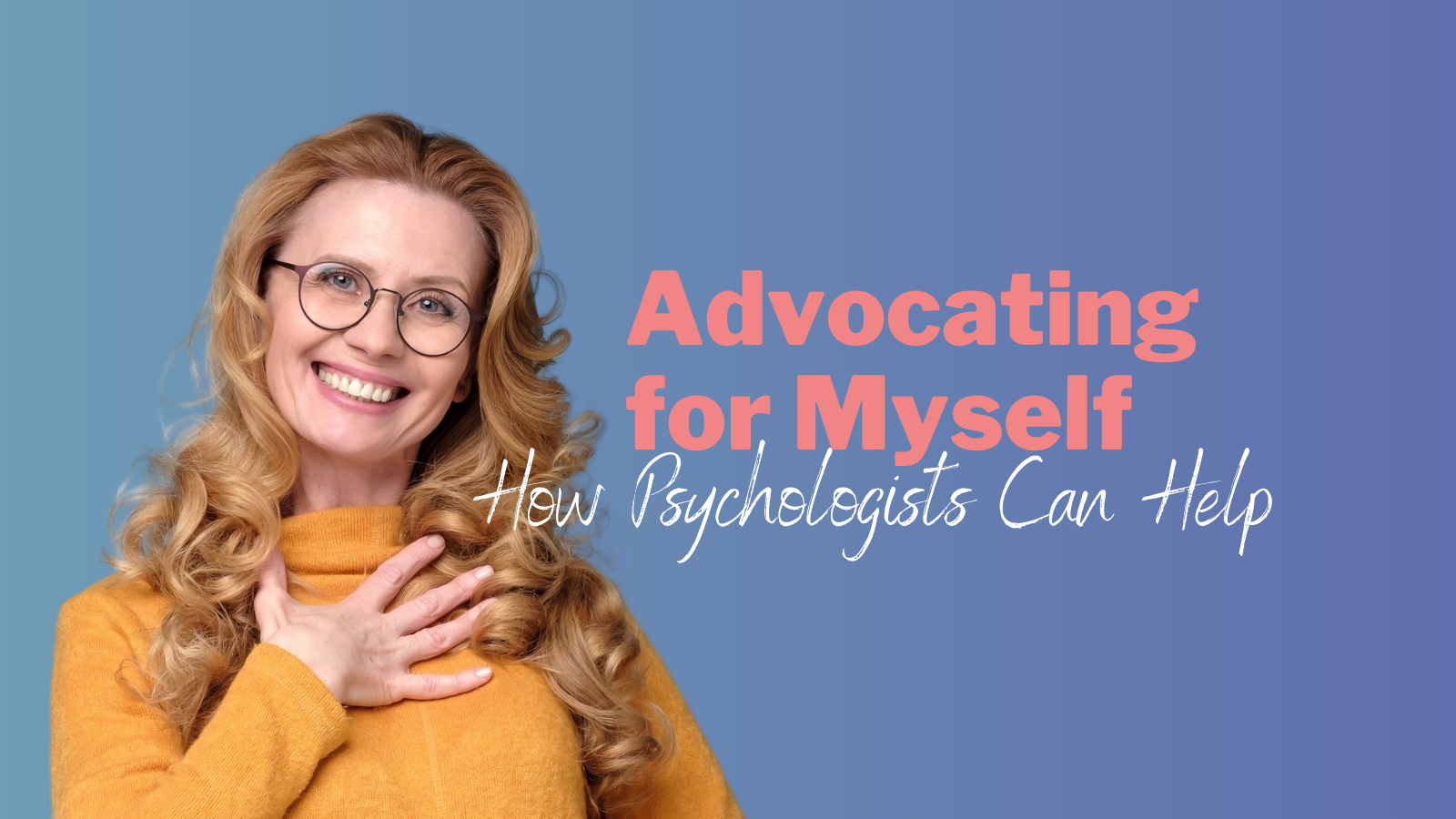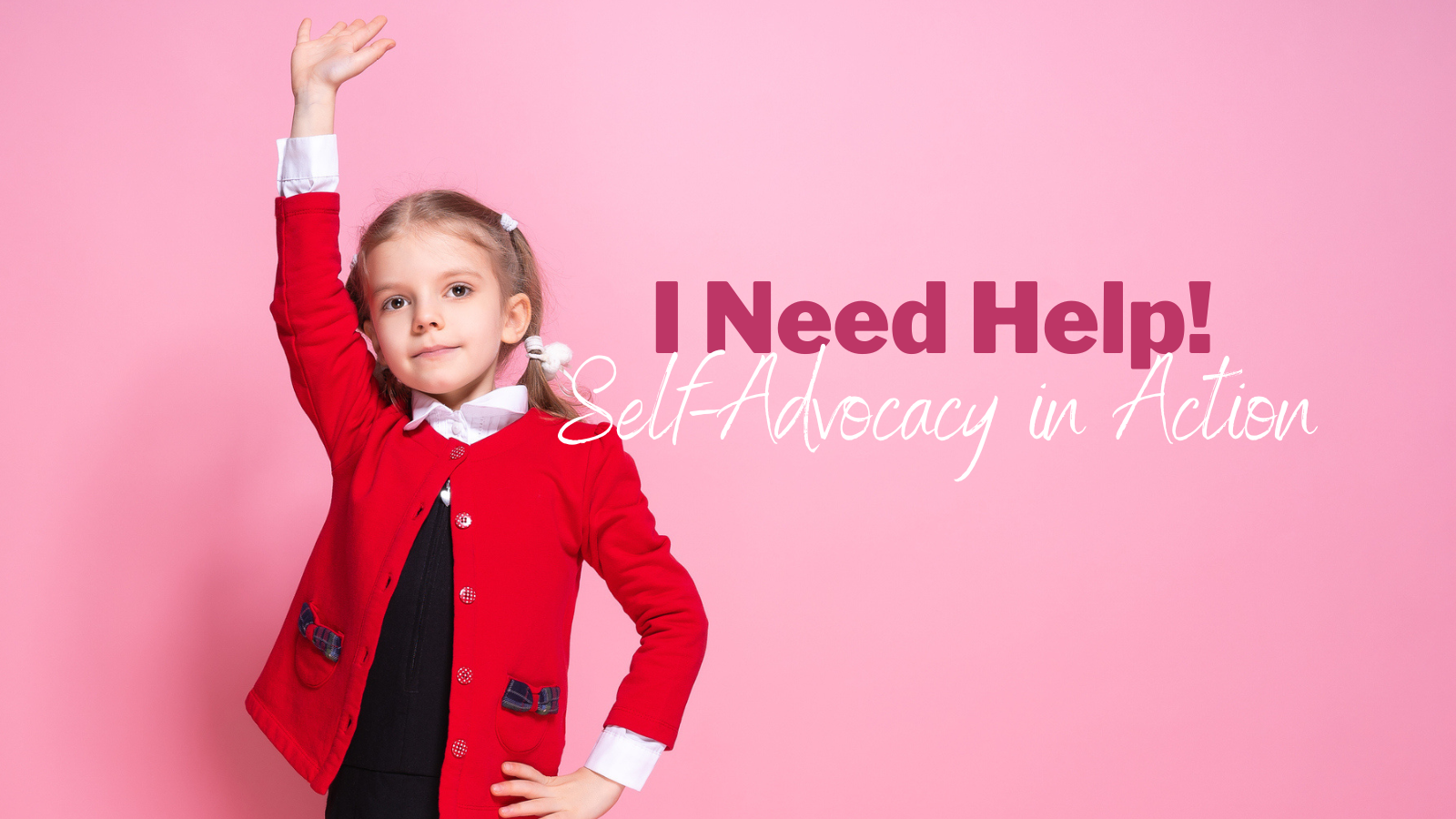What’s the right question? How does special needs coding work in Alberta schools, what can it do for your child with a Learning Disability or ADHD, and what do you need to know about high school graduation and transition to college or university?
Alberta Education Disability Codes
First, let’s talk about codes. Education disability codes are unique to Alberta (other provinces do not use this system and have other processes to determine eligibility for additional support). 54 is for a Learning Disability, 58 is for a medical disability, which can include ADHD but not always, and if your child happens to have both a LD and ADHD, they may be coded with a 59 for a Multiple Disability. Codes are supposed to be applied to a student’s file by the school administration based on an assessment by a qualified professional such as a psychologist, psychiatrist or physician. They can’t be applied based on a teacher’s reading or math assessment or because you as a parent want them to be; there must be a proper assessment.
Do I share the assessment?
Since the coding relies on an assessment, and if you paid for that assessment, you are able to decide whether or not to share it with the school. Sometimes, parents don’t agree with everything an assessment discovers because they have seen their child perform some behaviour that they didn’t perform for the examiner. And it’s true, this is a snapshot and won’t capture every detail about your child’s functioning. But a well written assessment report also presents the findings in ranges to cover the possibility that there may typically be more (or less) than what your child accomplished during the testing sessions. This is also why some psychologists like to do classroom visits, interview the parents and teachers, and send surveys and behaviour rating scales to both since they have much more information and insight to offer.
If you agree with most of what the report presents, share this important information with the school. Teachers are not mind-readers, and rather than experimenting to figure out what exactly is preventing your child from learning as easily as others, help them along by sharing the findings. The assessment report will detail what your child does well, what they struggle with, how to help them and if their struggles are severe enough to qualify for the designation of a specific learning disability or ADHD. Not sharing the results will mean your child will not get the support they need to succeed.
IPP Accommodations vs Modifications
Once the school applies the appropriate code, the next step is to create an Individual Program Plan (IPP) sometimes also called an Individual Education Plan (IEP) or a Learning Support Plan (LSP) depending on the school division you live in. Regardless of what it’s called, it’s a roadmap of how your child will be accommodated so they can learn more easily and show progress. Let’s clarify what an accommodation versus a modification is, though. An accommodation means your child will meet regular curricular outcomes but perhaps the information is presented differently by the teacher or the child can use alternate methods of showing their learning. They might also use a screen reader if they have reading difficulties, speech-to-text software if their printing is problematic, or a behaviour chart with rewards, a wobbly stool instead of a chair, more frequent brain breaks, extra time on exams, a separate testing room, noise-cancelling headphones, etc. The important point is that they are learning the same information and skills as the other children in their class.
A modification, on the other hand, is a significant change in what your child is allowed to learn because they are deemed not to have the capacity for it; they are NOT going to learn the same curricular outcomes. This is the difference between learning your multiplication tables in another format, versus not learning them at all. If your child has a LD, they should only be getting accommodations, not modifications.
Are there benefits to coding?
Coding comes with services and supports. Firstly, it’s the classroom accommodations, but depending on the type and severity of your child’s difficulties, it could also include pull-out sessions for extra instruction, the services of an aide, speech-language or occupational therapy, assistive technology, special furniture, or even smaller classes with more targeted instruction specifically for LD students. These supports and services do depend on the capacity of the teacher and the school to provide them, but they can only provide them with a code and an IPP. This is true whether your child is in Grade 4 or Grade 11.
Is Coding Really Necessary in High School?
Unfortunately, some parents have erroneously decided that having a code in high school is detrimental to their child’s current and future success. Since no parent would want to remove supports that help their child’s progression towards achieving a high school diploma and graduating (and their continuing journey to college or university), there are obviously some myths breathing life into this idea. Let’s unpack each one and see what is actually happening.
Myths
- Having any kind of disability code will prevent admittance into post-secondary. False. The Alberta coding system is only for students in Kindergarten to Grade 12. Post-secondaries don’t use codes at all. So if your teen had a code in high school, it doesn’t transfer anywhere after they graduate. If your young adult wants accommodations for their LD or ADHD after high school, they need to apply at their institution’s accessibility office and start the process from the beginning. They need their assessment report to prove they have a learning difficulty or ADHD (though every institution has different requirements as to how current it needs to be so check their websites), and they can choose to show their IPP for past accommodations (or not), but codes mean nothing anymore.
- Coded students only get high school diplomas that don’t qualify for admittance to a post-secondary. Nope. An Alberta High School Diploma is based on required courses to be completed and credits earned, not whether the student was coded. However, earning a high school diploma isn’t an automatic guarantee of post-secondary acceptance either. Institutions have specific requirements for their programs and it’s certainly possible that your teen didn’t choose the correct courses. For example, the high school diploma only requires a 20-level Math (usually Grade 11) to graduate, but a post-secondary engineering program will require a 30-level Math for application.
- The Certificate of High School Achievement is the same thing as a High School Diploma. Big NO. The certificate requires fewer credits, and fewer courses of a far less academic nature to be completed (-2, -3, -4 courses). This certificate is for students who really struggle in academic subjects and are steered towards more occupational type experiences. However, this doesn’t mean that it’s a simple transition to technical programs like at SAIT, either. You can check with a high school counsellor to determine if your teen is on their way to a Certificate or a Diploma.
- Students with disability codes are not allowed to take -1 courses. Wrong. -1 courses are the most academic ones a high school can offer but that in no way precludes a student with a LD or ADHD from taking them. However, if your teen was diagnosed in high school, rather than elementary or even junior high, they have probably struggled (quietly) for a long time and have missed developing strong academic skills along the way. It will make a -1 course more challenging but not inaccessible. They could decide to get extra help through a school learning strategist, tutor or academic coach. They could take fewer courses per semester to give them more time to learn the material and make it up with a summer course. They could decide to take a -2 course to gain more basic skills and then move up into a -1 so they have the requirements needed for their post-secondary future. This route will also extend their high school years to 4 but at least they will have a full high school diploma and a post-secondary future to pursue.
- They shouldn’t need codes, IPPs, accommodations or supports by high school anymore. Not true. A Learning Disability or ADHD are life-long conditions and how they impact your child will change as your child grows, matures and experiences life. High school will be full of new challenges and though their code might not change, their IPP, accommodations and supports should. What worked well in elementary (having a scribe) may be unnecessary in middle school (now using speech-to-text software) but will require formal testing accommodations for Diploma exams in Grade 12. More importantly, this is an excellent time for your teen to gain skills in advocating for themselves which they will need to do in college or university. Once they turn 18, they are now considered an adult and your role as a direct parental advocate in their education comes to an end. Your teen in high school will still need to learn as much as they can about how to manage their disability which is best done with guidance and support.
Ultimately, coding in high school can continue to be advantageous to your teen, so this is not really the issue. Rather, it’s figuring out which course progression will lead to the desired graduation results, and which accommodations will best support those results for your teen’s future success.








